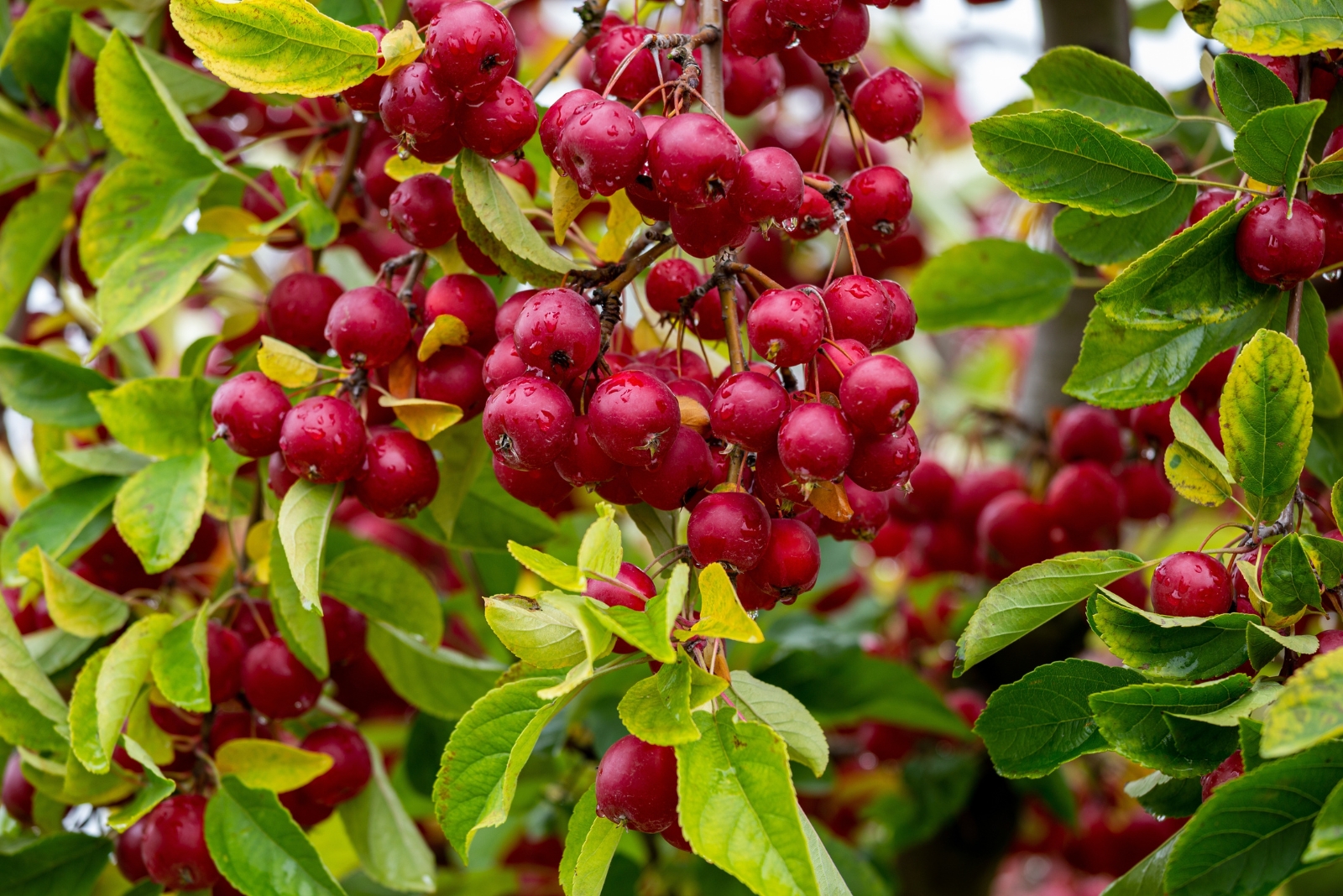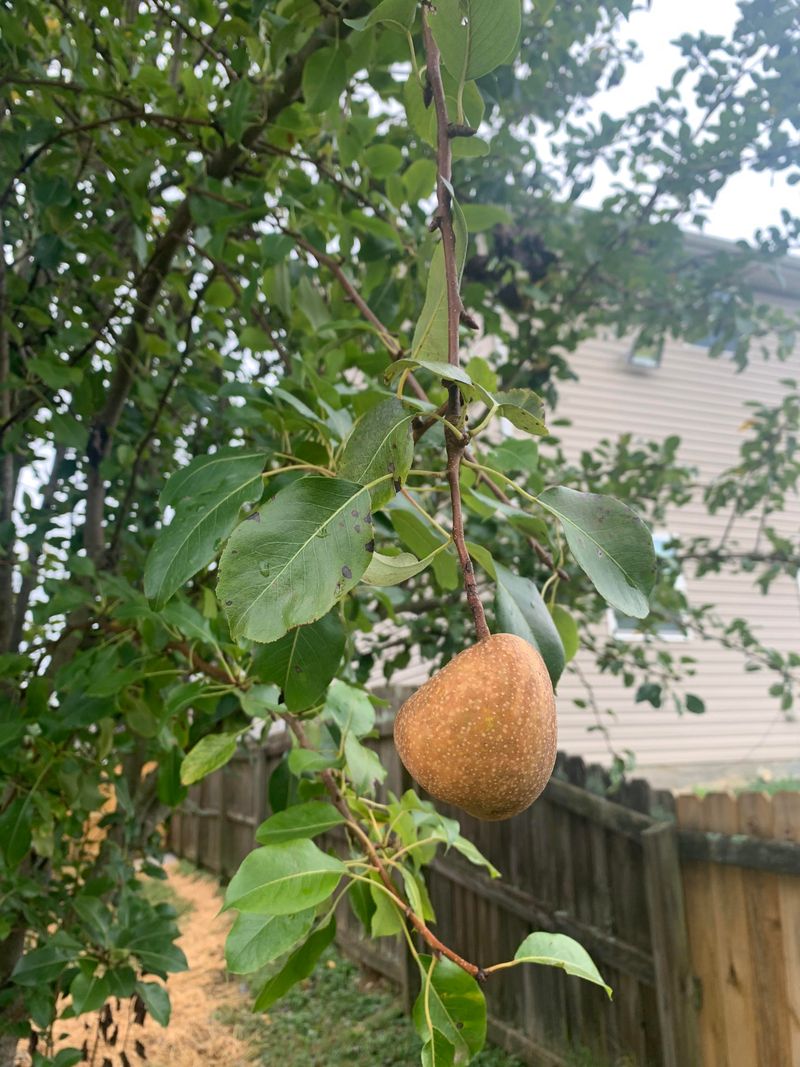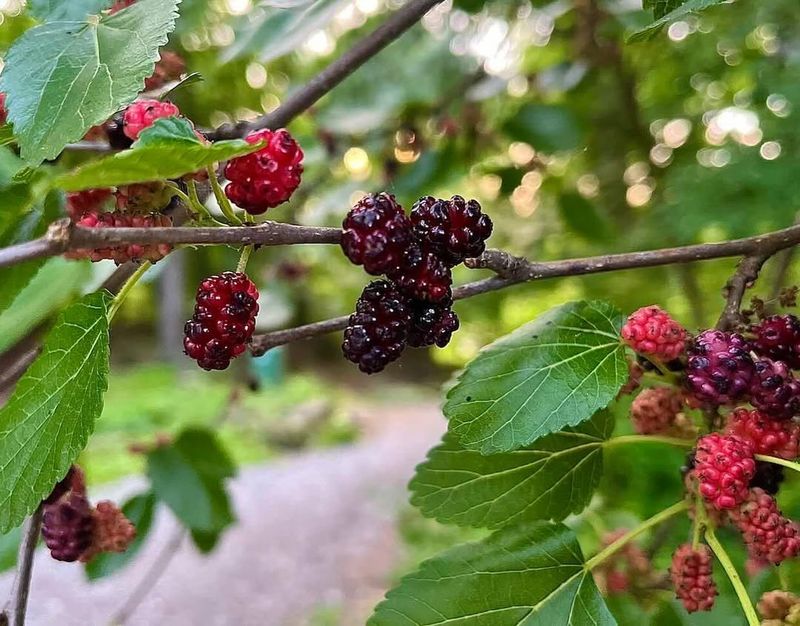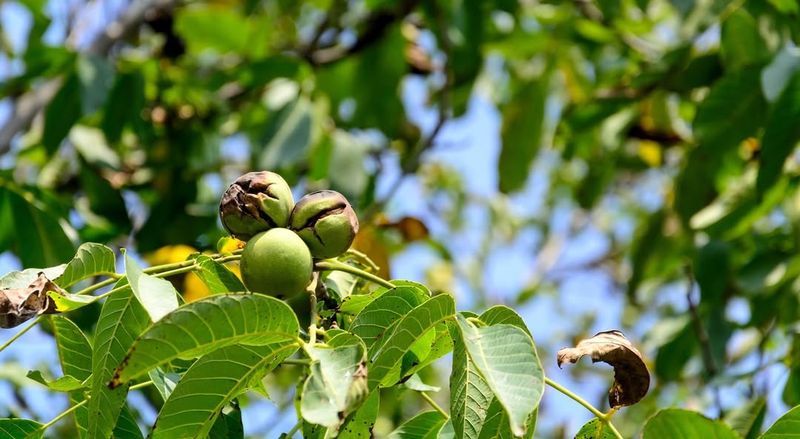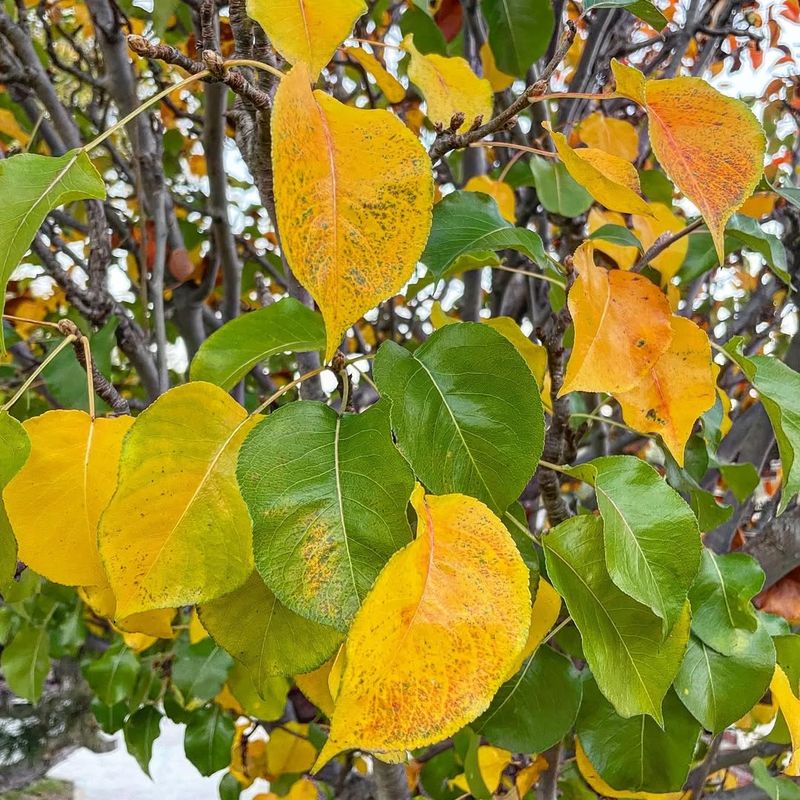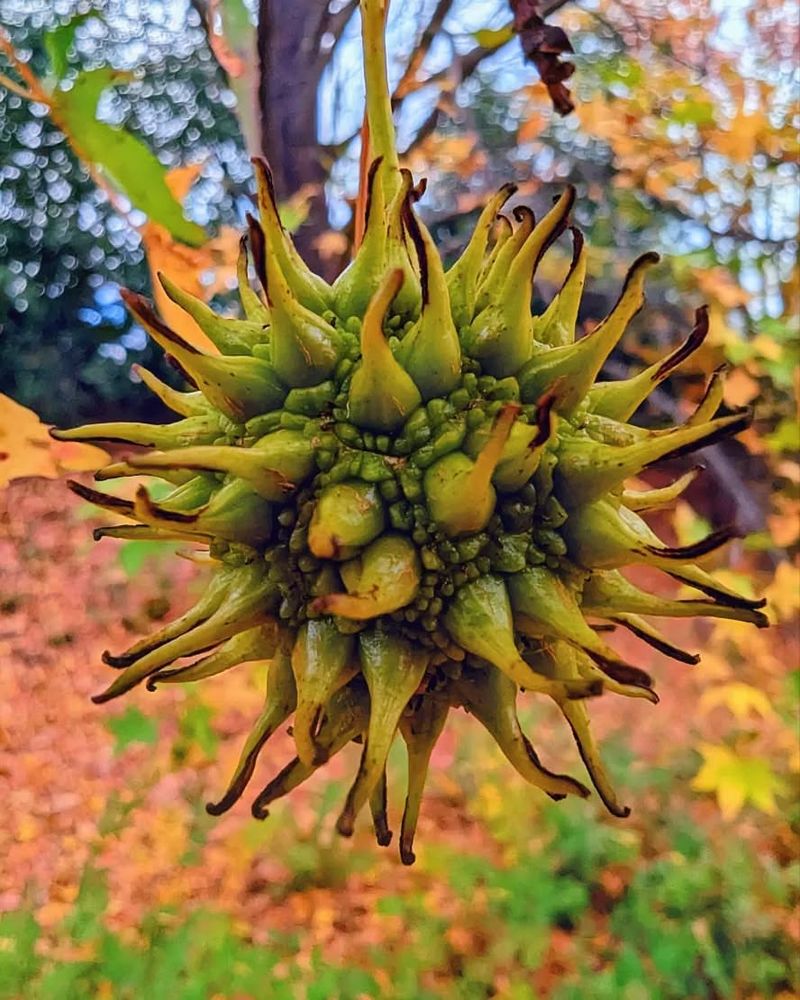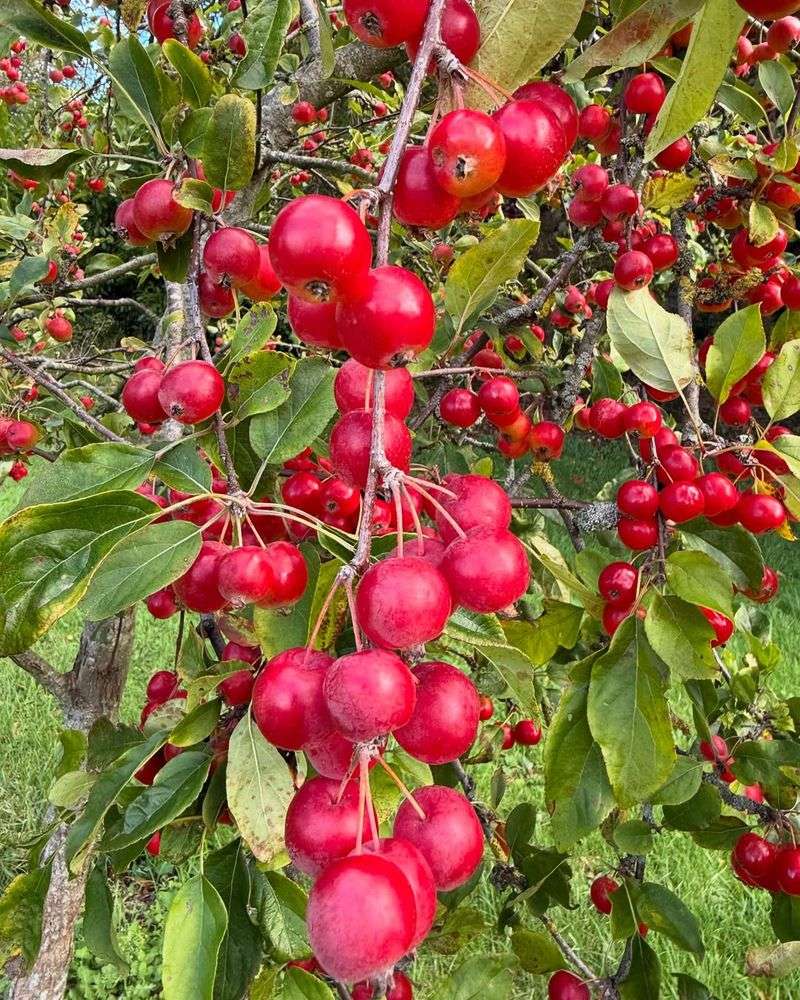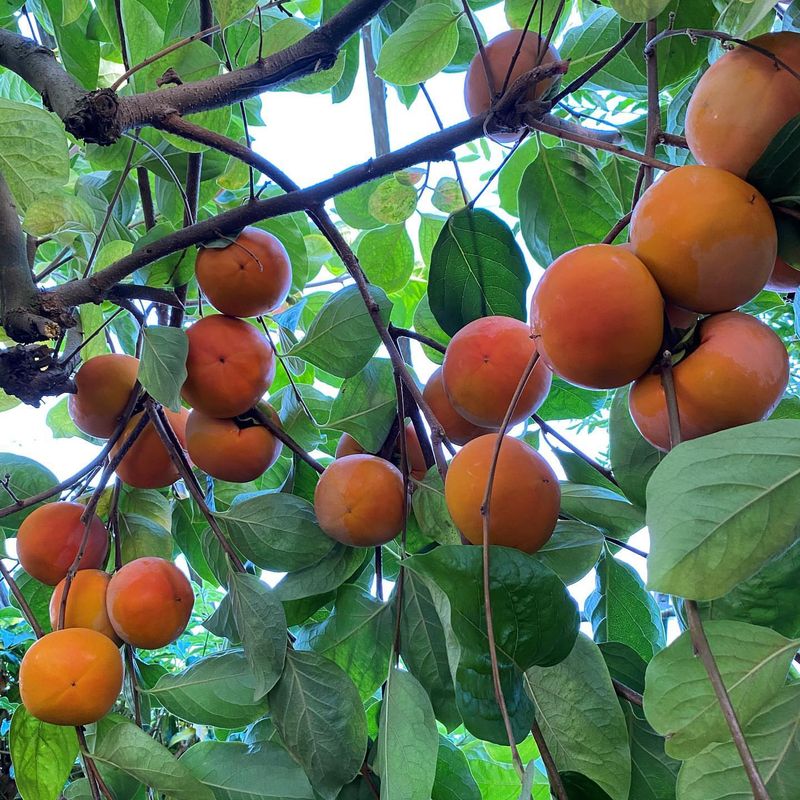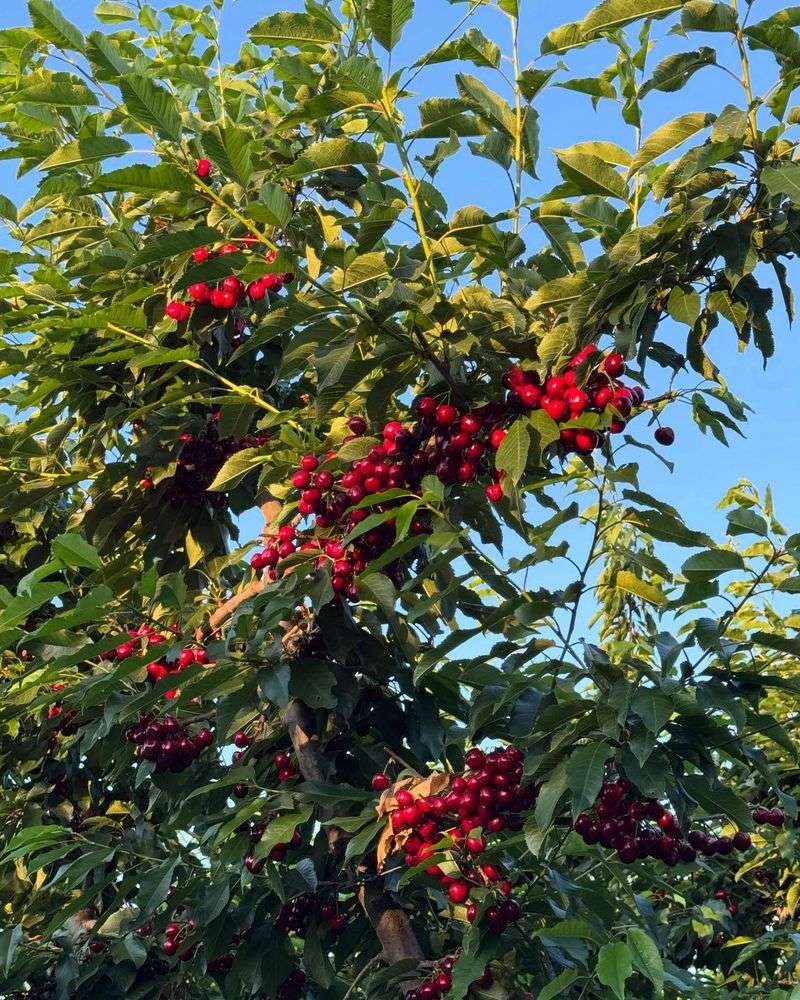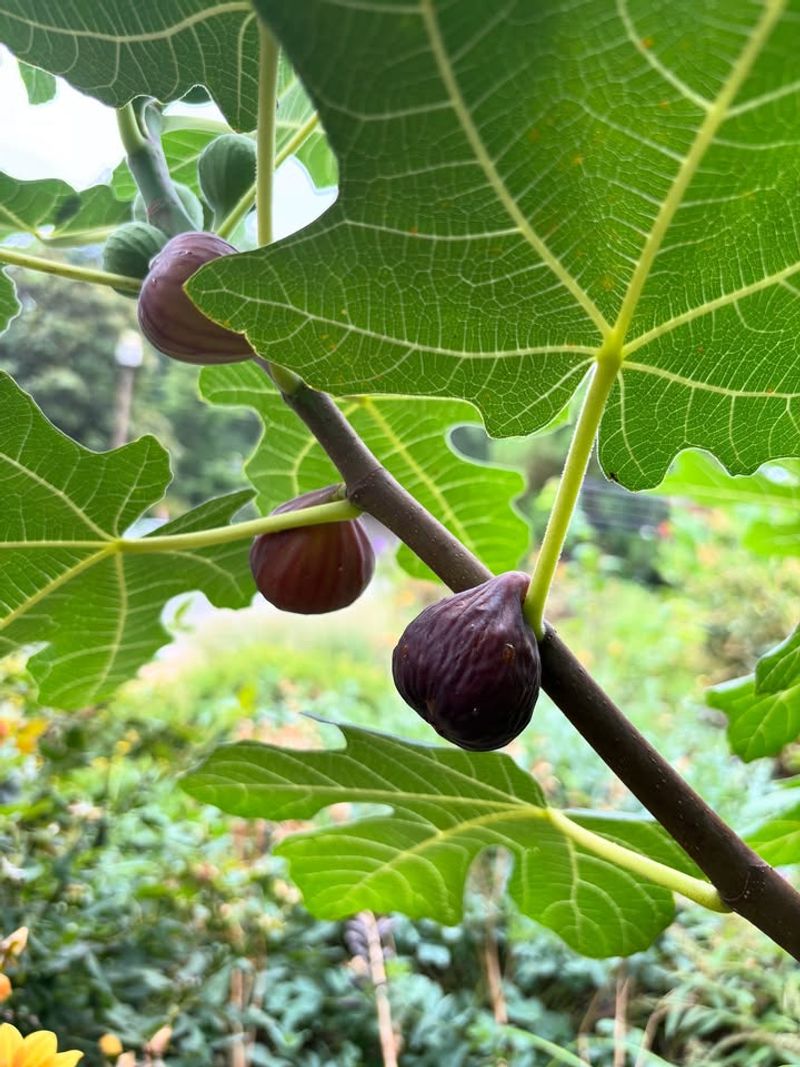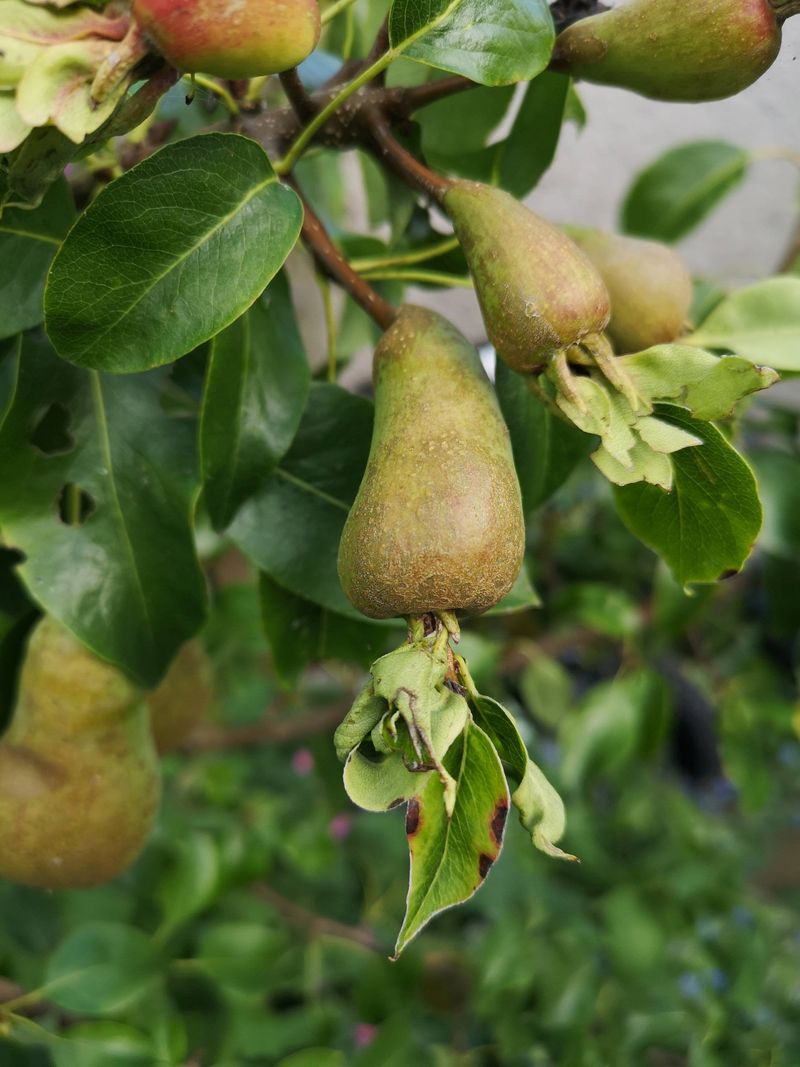South Carolina gardeners know the excitement of planting something new, but some fruit trees end up causing more frustration than joy.
I’ve heard plenty of folks across the Palmetto State talk about sticky patios, pest parties, and constant cleanup. A few of these trees look innocent in the nursery, then turn into yard bullies once they grow.
Let’s walk through the ones South Carolina homeowners wish they could take back.
1. Bradford Pear
Many South Carolina residents planted Bradford pears for their beautiful spring blooms, only to discover a costly mistake. The branches break easily during storms, creating dangerous hazards and expensive cleanup bills.
Fallen limbs damage roofs, cars, and power lines regularly. The tree also produces an unpleasant fishy smell when blooming, which neighbors definitely notice.
Invasive seedlings pop up everywhere in South Carolina landscapes, choking out native plants and creating extra yard work nobody wants to deal with consistently.
2. Mulberry
Sounds wonderful at first—free berries all summer long! But South Carolina homeowners quickly learn that mulberries create purple nightmares across driveways, patios, and sidewalks.
The stains are nearly impossible to remove from concrete surfaces. Birds eat the berries and leave droppings everywhere, doubling the mess factor significantly.
Kids and pets track the sticky purple juice indoors constantly. The shallow roots also buckle sidewalks and foundations, causing structural damage that costs thousands to repair properly.
3. Black Walnut
Black walnuts produce a chemical called juglone that poisons most plants growing nearby. South Carolina gardeners watch their tomatoes, azaleas, and hydrangeas mysteriously die without understanding why initially.
The hard nuts constantly fall and become ankle-twisting hazards when mowing. Squirrels bury them throughout your yard, creating unwanted baby trees everywhere.
The husks stain everything brown and attract flies during decomposition. Most landscaping plans become impossible with this tree dominating the space year after year.
4. Callery Pear
Similar to Bradford pears, Callery pears were marketed as ornamental beauties for South Carolina landscapes. Unfortunately, they develop long, dangerous thorns that injure children and pets playing in yards.
The trees spread aggressively through bird-dispersed seeds, invading natural areas and farmland throughout the state. Removing them requires constant vigilance and hard labor.
Their weak wood splits during ice storms, leaving ugly stumps and creating removal headaches. South Carolina officials now discourage planting them because of environmental damage concerns.
5. Sweet Gum
Those spiky balls seem cute until you realize they cover your entire South Carolina lawn for months. Walking barefoot becomes impossible, and lawnmowers shoot them like painful projectiles.
Raking them takes hours of backbreaking work every single week. They clog gutters and create tripping hazards on walkways constantly throughout fall and winter seasons.
The shallow roots invade sewer lines and crack foundations over time. Many homeowners spend weekends picking up thousands of these annoying seedpods instead of enjoying outdoor activities.
6. Crabapple
Crabapples attract wasps, bees, and flies by the hundreds when fruit starts rotting on South Carolina lawns. The smell becomes unbearable during hot summer days, drifting through open windows.
The tiny apples are too sour for eating but perfect for creating slippery messes on sidewalks and driveways. Kids slip and fall frequently on the mushy fruit.
Constant cleanup feels like a part-time job nobody applied for or wanted. The trees also suffer from numerous diseases requiring expensive treatments throughout the growing season.
7. Peach
South Carolina is famous for peaches, but growing them at home proves incredibly demanding. Peach trees require constant spraying for borers, brown rot, and leaf curl diseases that strike relentlessly.
Without weekly treatments, the fruit becomes inedible and covered with disgusting fungus. The trees only live ten to fifteen years, then die suddenly and unexpectedly.
Fallen fruit attracts rats, raccoons, and possums that invade garbage cans and attics. The short lifespan and high maintenance make many homeowners regret choosing peaches for their landscapes.
8. Persimmon
When ripe persimmons fall, they explode into orange goo that stains everything in South Carolina yards. The mushy fruit attracts swarms of yellow jackets and hornets that make outdoor activities dangerous.
Timing the harvest perfectly is nearly impossible for busy homeowners. Most fruit ends up rotting on the ground, wasting potential and creating cleanup nightmares.
The trees sucker aggressively, sending up shoots throughout lawns that require constant removal. Wildlife raids the fruit before homeowners can enjoy any of the harvest themselves.
9. Cherry
Birds devour cherries days before they ripen in South Carolina, leaving frustrated homeowners with nothing to harvest. Netting the entire tree becomes a wrestling match requiring ladders and patience.
The few cherries that survive often split from summer rains, becoming inedible and attracting fruit flies. Cherry trees also suffer from numerous diseases in humid Southern climates constantly.
Fallen fruit stains driveways and attracts ants by the thousands. Many homeowners eventually give up and let birds have everything, questioning why they planted them originally.
10. Fig
Figs spread through underground runners that pop up fifty feet from the original tree in South Carolina landscapes. Removing these suckers becomes a weekly chore that never ends completely.
The shallow roots invade flower beds and crack sidewalks with surprising strength. Fallen figs attract wasps and create sticky messes that track indoors on shoes constantly.
The trees also drop leaves constantly, requiring frequent raking. While the fruit tastes delicious, the maintenance and invasive nature make many South Carolina homeowners reconsider their planting decisions regularly.
11. Plum
Plum trees produce fruit so heavily in South Carolina that branches snap under the weight, creating dangerous hazards. Thinning fruit requires hours of tedious work that most homeowners skip initially.
Without thinning, the plums stay small and attract plum curculio beetles that ruin entire harvests. Fallen fruit ferments quickly, creating unpleasant odors and attracting yellow jackets aggressively.
The trees require significant pruning and pest control to produce quality fruit. Many South Carolina residents find the effort outweighs the reward, especially when grocery store plums cost less.
12. Pear
Fire blight devastates pear trees throughout South Carolina, turning branches black and killing entire trees within seasons. The bacterial disease spreads rapidly during humid spring weather conditions.
Controlling it requires aggressive pruning and removing infected wood immediately. Fallen pears attract wasps and create slippery hazards that cause injuries on walkways regularly.
The fruit often develops hard, gritty texture from poor pollination in home landscapes. Most South Carolina homeowners eventually remove diseased pear trees rather than fighting the constant battle against this destructive disease.

